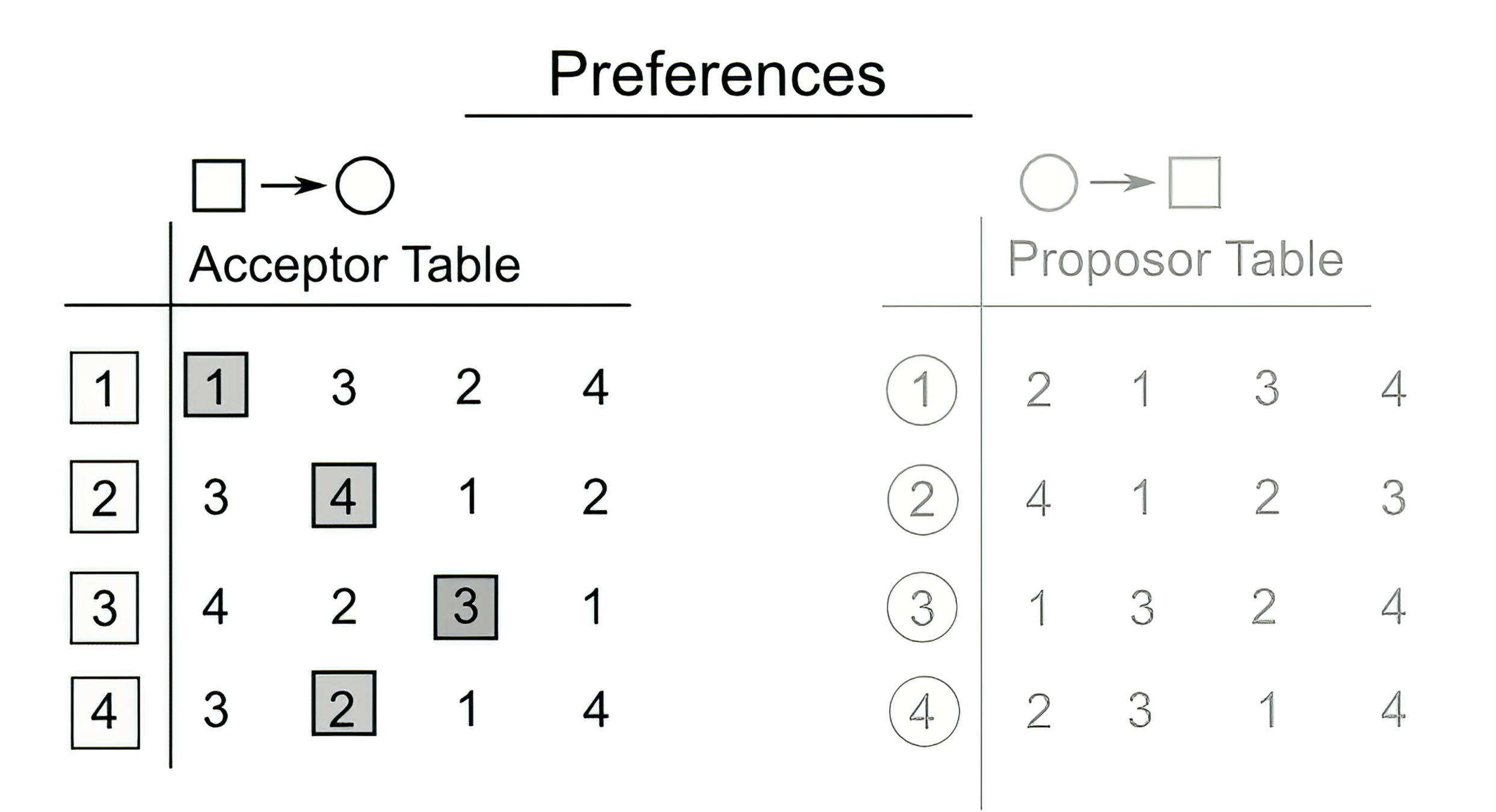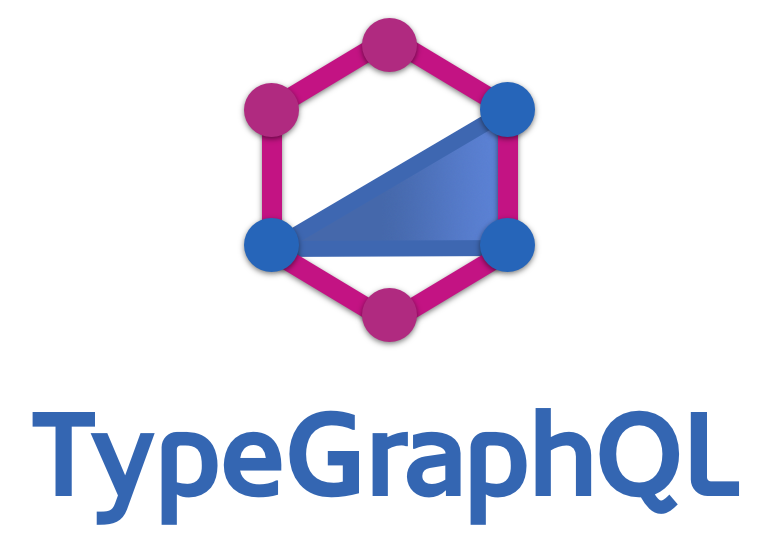How We Matched You to Your CodeLabs Team
Julie Cover, CodeDay
Watch the slides live on your device!
1. The Problem, and Others Like It
2. My Solution + Algorithm Design
3. Lessons from Another Itteration
A Crash Course in Algorihms
Problems
Details Matter!!
Optimality
Runtime & O Notation
Runtime & O notation
Hard Problems
The Problem, and
Others Like It
Phase 1: Priorities and Recommendations

Phase 2: Placement
for id, project in all_project_data.items():
if project["proj_size_remaining"] == project["num_first_choice"]:
all_project_data,
student_placements = place_students_of_choice(all_project_data, student_placements,
id, 1,
project["proj_size_remaining"])
for id, project in all_project_data.items():
if project["proj_size_remaining"] >= project["num_first_choice"]:
all_project_data,
student_placements = place_students_of_choice(all_project_data, student_placements,
id, 1,
project["proj_size_remaining"])
_all_project_data = deepcopy(all_project_data)
for id, project in _all_project_data.items():
if project["proj_size_remaining"] >= project["num_first_choice"]:
all_project_data,
student_placements = place_students_of_choice_balanced(all_project_data,
student_placements,
id, [2, 15],
project["proj_size_remaining"])
_all_project_data = deepcopy(all_project_data)
for id, project in _all_project_data.items():
all_project_data,
student_placements = place_students_of_choice_balanced(all_project_data, student_placements,
id, [1, 2],
project["proj_size_remaining"])
for i in range(3, 16, 4):
_all_project_data = deepcopy(all_project_data)
for id, project in _all_project_data.items():
if project["proj_size_remaining"] >= project["num_first_choice"]:
all_project_data,
student_placements = place_students_of_choice_balanced(all_project_data,
student_placements, id,
[i, i + 1, i + 2, i + 3],
project["proj_size_remaining"])Stable Marriage Problem
AKA Gale–Shapley algorithm


Stable Roommates Problem
- Does not require preferences on all members
- Only one group
Stable Marriage Problem
AKA Gale–Shapley algorithm



Half-strong Stability
Ties & Incomplete Lists - Perfect!
It's NP-Hard :(
We can still do this..
My Solution
(with a side of algorithmic design tips)
0. Data Collection
1. Elastic and Suggestions
2. APIs n' Stuff
3. Placement Algorithm
4. Manual Verification
Phase 0: Data
const mentorSchema = {
mentor_id: "",
name: "",
company: "",
bio: "",
backgroundRural: true,
preferStudentUnderRep: 2, (0-2)
okExtended: true,
timezone: -7,
preferToolExistingKnowledge: true,
proj_id: "",
proj_description: "",
proj_tags: [""],
studentsSelected: 2,
};const studentSchema = {
id: "",
name: "",
rural: false,
underrepresented: false,
requireExtended: true,
timezone: -3,
interestCompanies: [""],
interestTags: [""],
beginner: true,
};Phase 1: Matching w/ Elastic
Elastic is great, but also frustrating
- Docs are from another era



Phase 1: Matching w/ Elastic
Elastic is great, but also frustrating
- Docs are from another era
- Python tooling is hit or miss



=

Phase 1: Matching w/ Elastic
Elastic is great, but also frustrating



=

- Docs are from another era
- Python tooling is hit or miss
- Portability is Fantastic

Elastic - What's Your Point?
- Elastic is incredibly powerful
- Solves many unique problems
- Queries themselves are almost language-agnostic
- Complexity is inevitable
- Bad docs and language APIs aren't
- ... probably just buy the book
Phase 2: APIs n' Stuff
It's super easy!
An amazing API Paradigm!

Phase 2: APIs n' Stuff
It's super easy!
An amazing API Paradigm!



-
Planning
- Is your problem hard?
- Revising / Breaking
- goto 1
- Implementation
- Patching
- Tuning
- Revising Again
Phase 3: Placement Algorithm
Or: Julie's Guide to Efficient & Practical Algorithm Design
"For every n minutes of planning, you save 10n minutes implementing"
- Sun Tzu,
Probably
Phase 3: Placement Algorithm
1. Start with projects that have the right number of first place votes already. Assign students to those by adding their information to the saved project dictionary. Remove those student's votes from all projects to avoid duplicates, and remove the projects
2. Then, assign first choice votes to students on projects with less first choice votes than the projects need. Also those students votes from other projects. Decrement `proj_size_remaining`.
3. Then, assign second, third, and more choice votes as needed until `proj_size_remaining` = 0, them remove the project. Do this in order, all second place votes, third place votes, and so on so that students get their lowest possible choice. If multiple students are tied, be sure to assign based on which student has the fewest votes left in other projects. Also remember to remove the student from all other projects when their vote is saved.
4. Once all projects with less first choice votes than needed are dealt with, we are left with only projects that started with more than enough first choice votes. These should have exactly the correct number of first choice votes left due to how students have been removed. Assign these students, and complain loudly if something is wrong.
- Multiple Steps - as many as needed
- Verbose, clear, and actionable descriptions
- Build in checks and metrics
Phase 4: Manual Cleanup - Sometimes
Not always possible!
Try to work with others
Lessons Learned in Round 2
- Working around NP-Hard
- Sometimes, unusual approaches are the most practical
- Scopes Change
- Algorithm > Language for Speed
Speed Round




Thanks for Watching!
Find slides at:
CodeLabs Matching Tech Talk - Round 2
By Julie
CodeLabs Matching Tech Talk - Round 2
- 148




